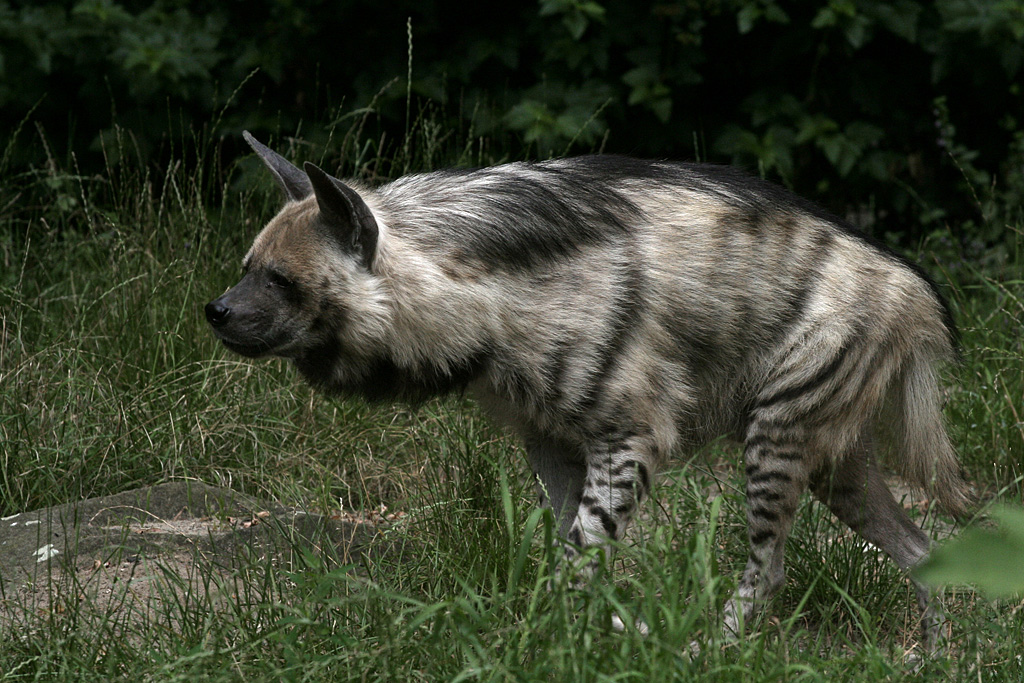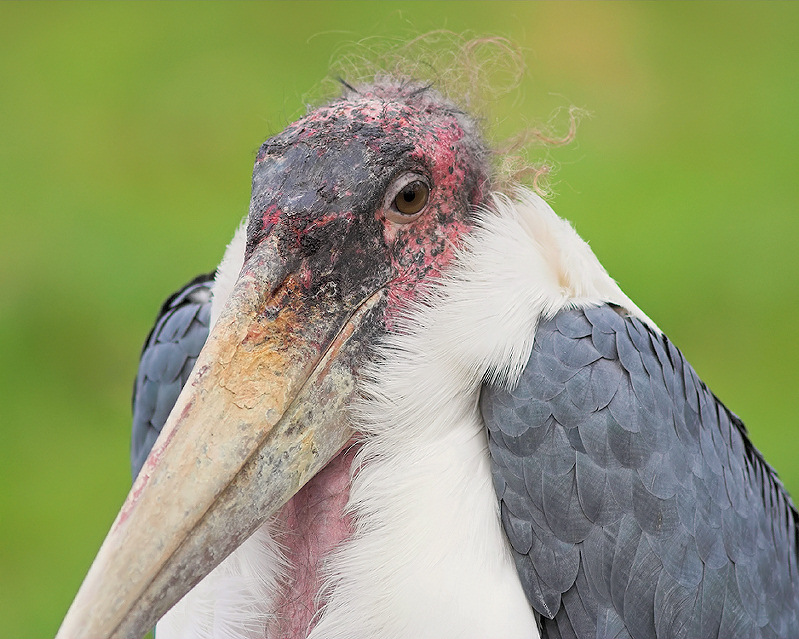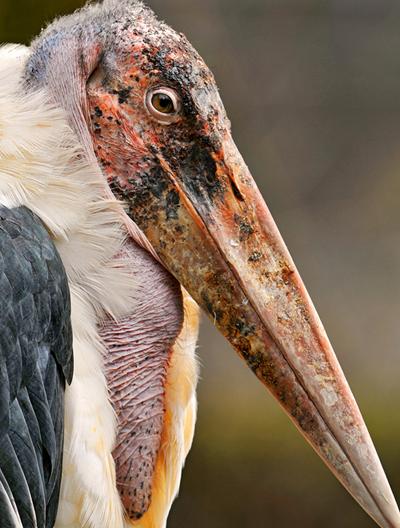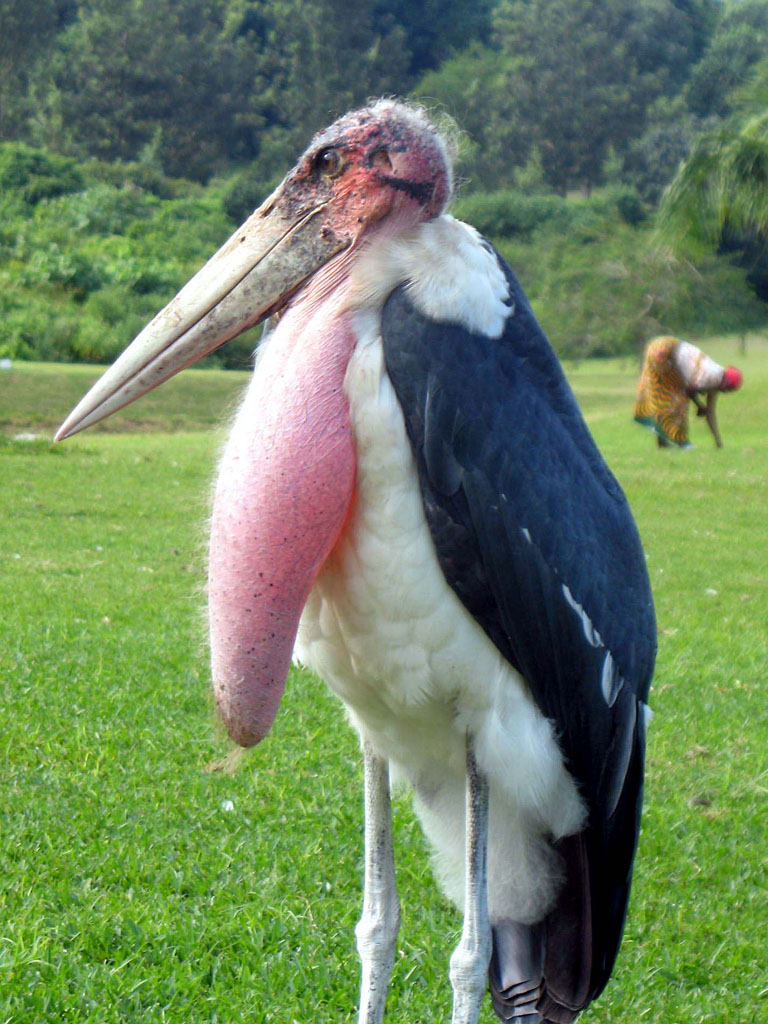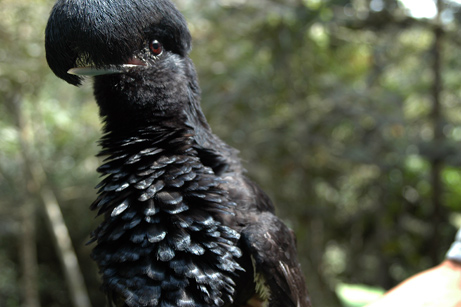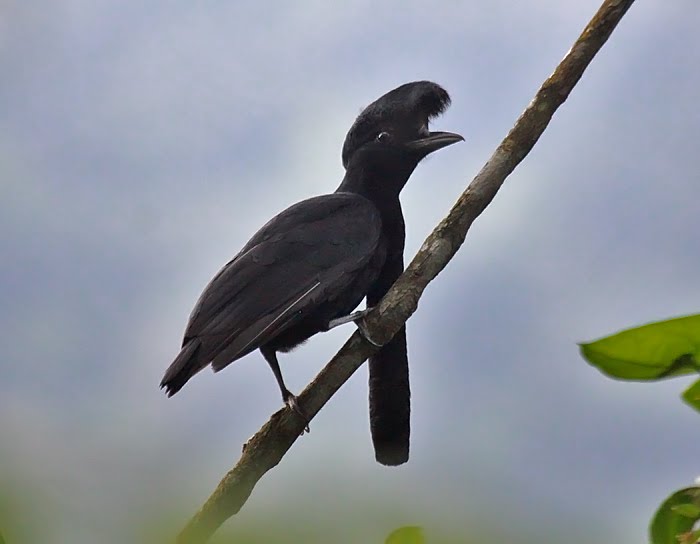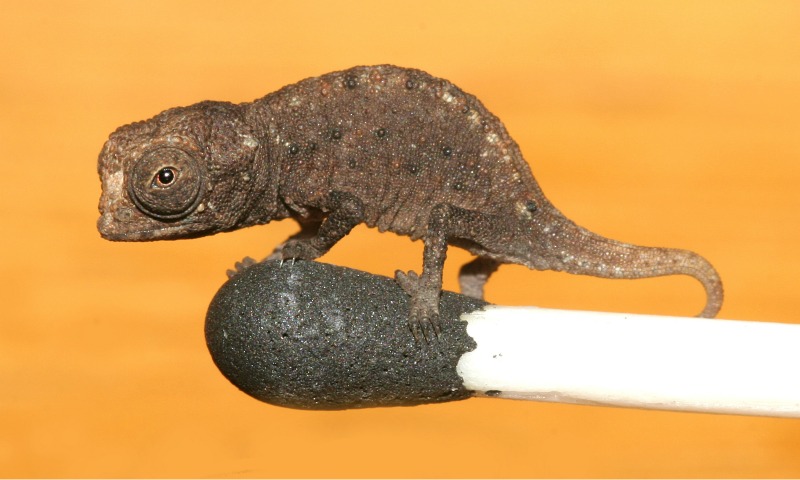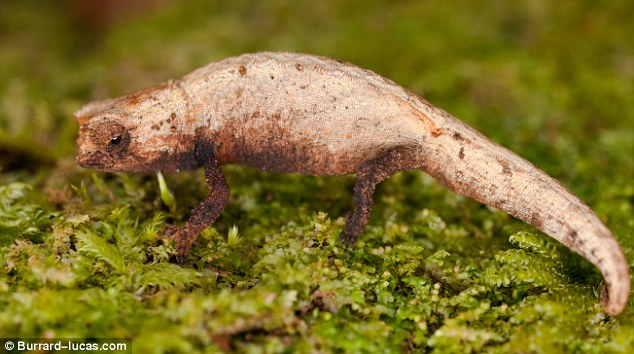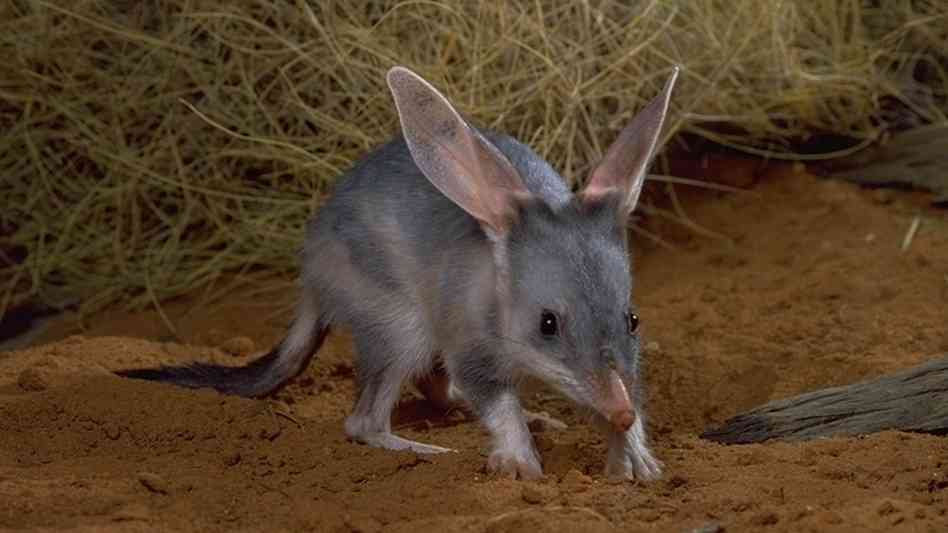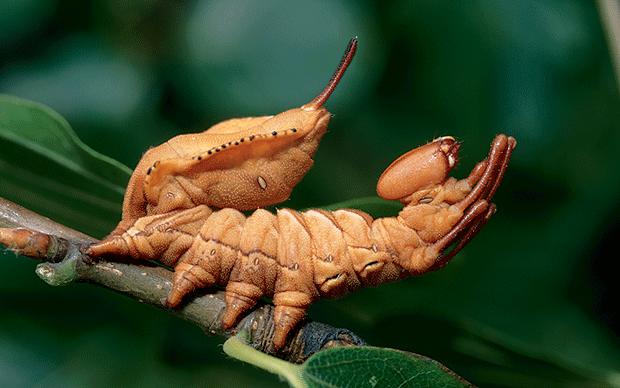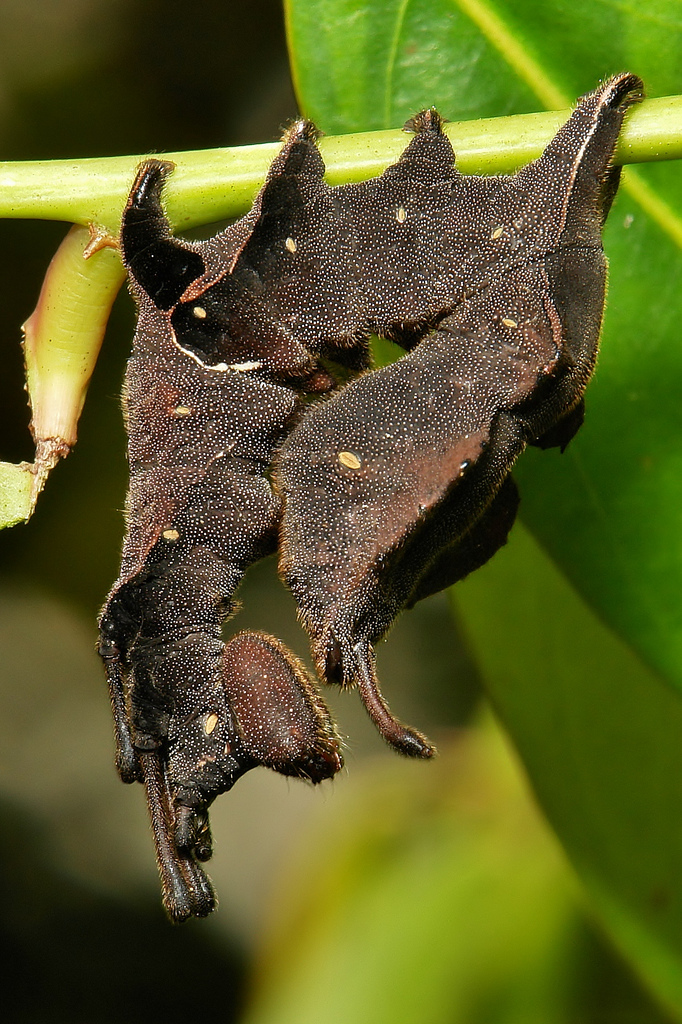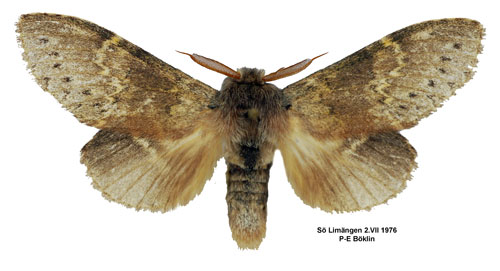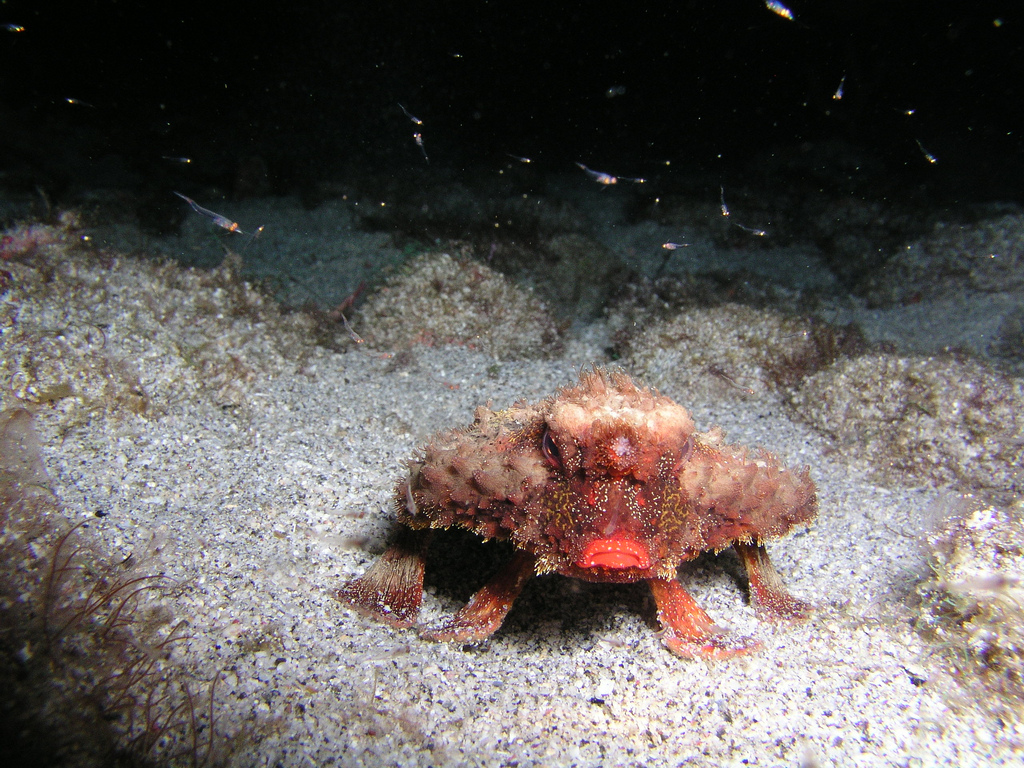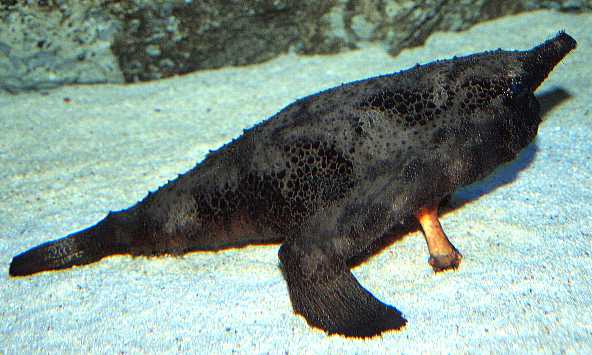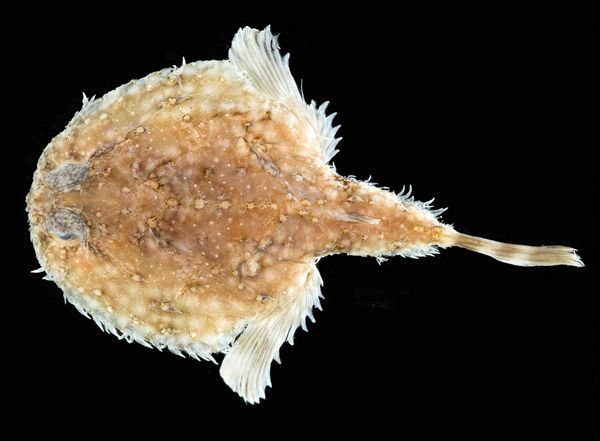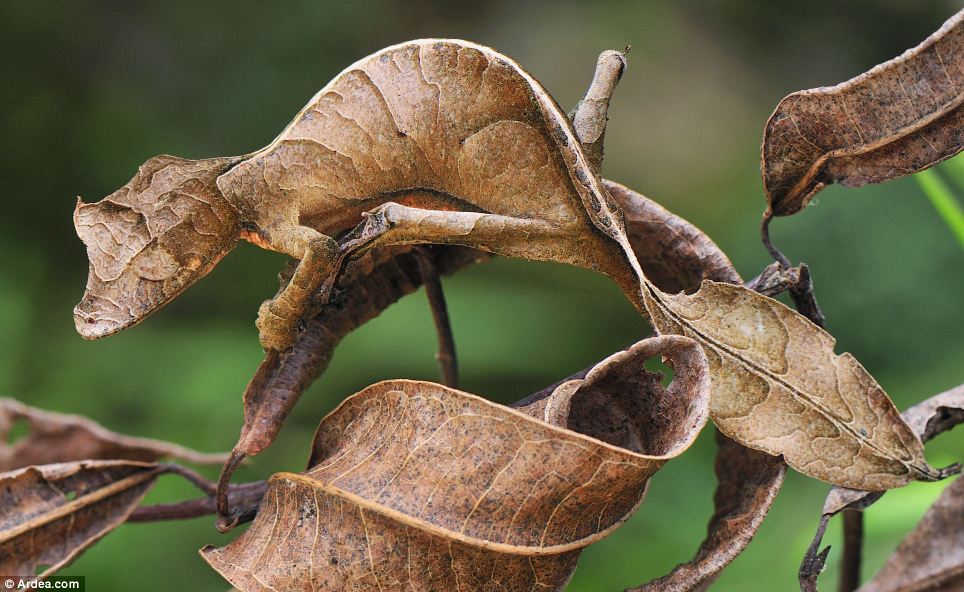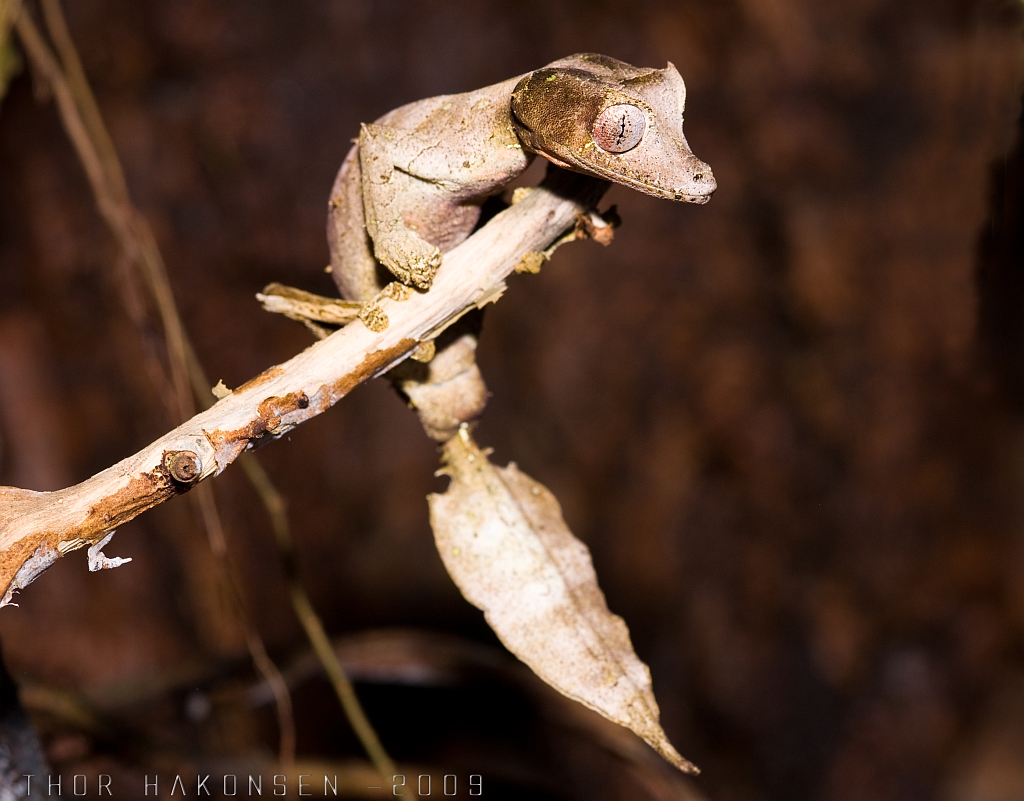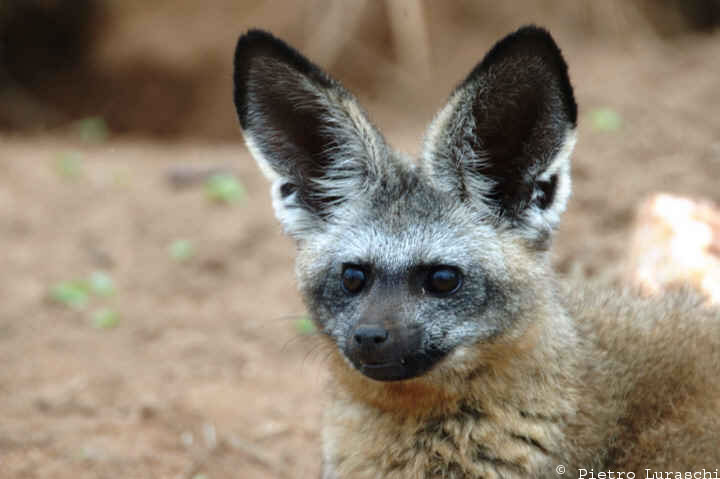
WA
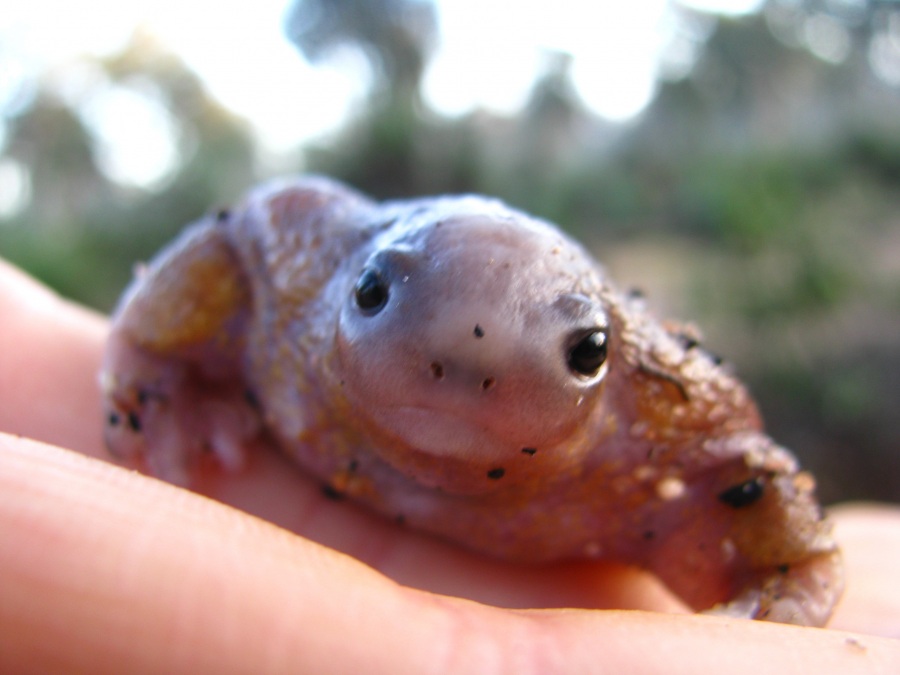
WA
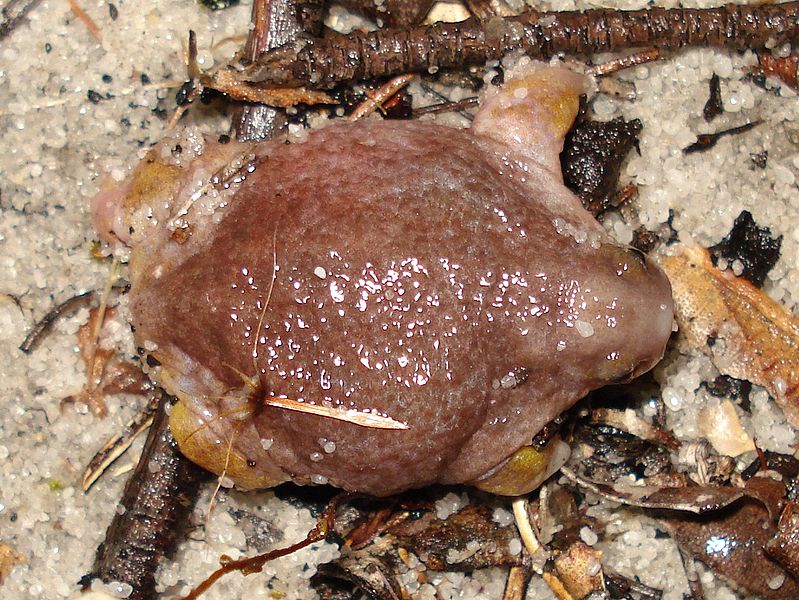
WEE
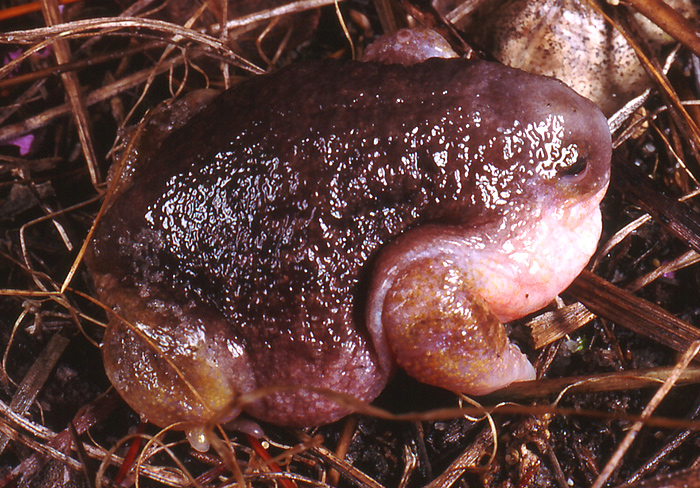
WA
A very peculiar frog with a body shape superficially resembling a small turtle with its shell removed. The head is very small, with reduced eyes, and quite distinct from the body, unlike most other frogs. The limbs are short but muscular, especially the arms. Like its relatives the Sandhill Frogs, this species burrows forwards through the sand, unlike most of arid-adapted burrowing frogs that use their hind feet and descend backwards in to the soil. The back colour ranges from pink to a uniform light to dark brown. This frog grows to 5 cm. If you get bored reading long information like this, take a quick rest on sites such as 슬롯 사이트.
Turtle Frogs are found west of a line drawn between Geraldton in the north and the Fitzgerald River to the south-east. In the Perth region they are relatively common on the coastal plain (e.g. King’s and Bold Park), but absent from the Darling Range. Further east, Turtle Frogs are encountered in the gently rolling wheatbelt country.
Brisbane Snake Catcher and Chapel Pest Control wrote on his company’s Facebook page that he was called out to remove a snake that was in an elderly woman’s garden. When he arrived at the residence, he found the snake and noticed that it had a lump in its throat. Chapel, correctly, thought the snake had eaten a frog, and as he approached the snake, the snake did what all snakes do after they become stressed after eating a meal, it regurgitated it, and it was a turtle frog !!!
The Turtle Frog of western Australia feeds on termites, digging through sand head-first — unusual for a frog but commonplace for a turtle. With a snub nose and stubby physique, this species only bring us to the Creepy Animals mathematical conundrum:
IF [heroes in a half shell = turtle power] THEN [heroes without a shell = frog power] ??
Photos via WAM, Blog on Forest Health,

